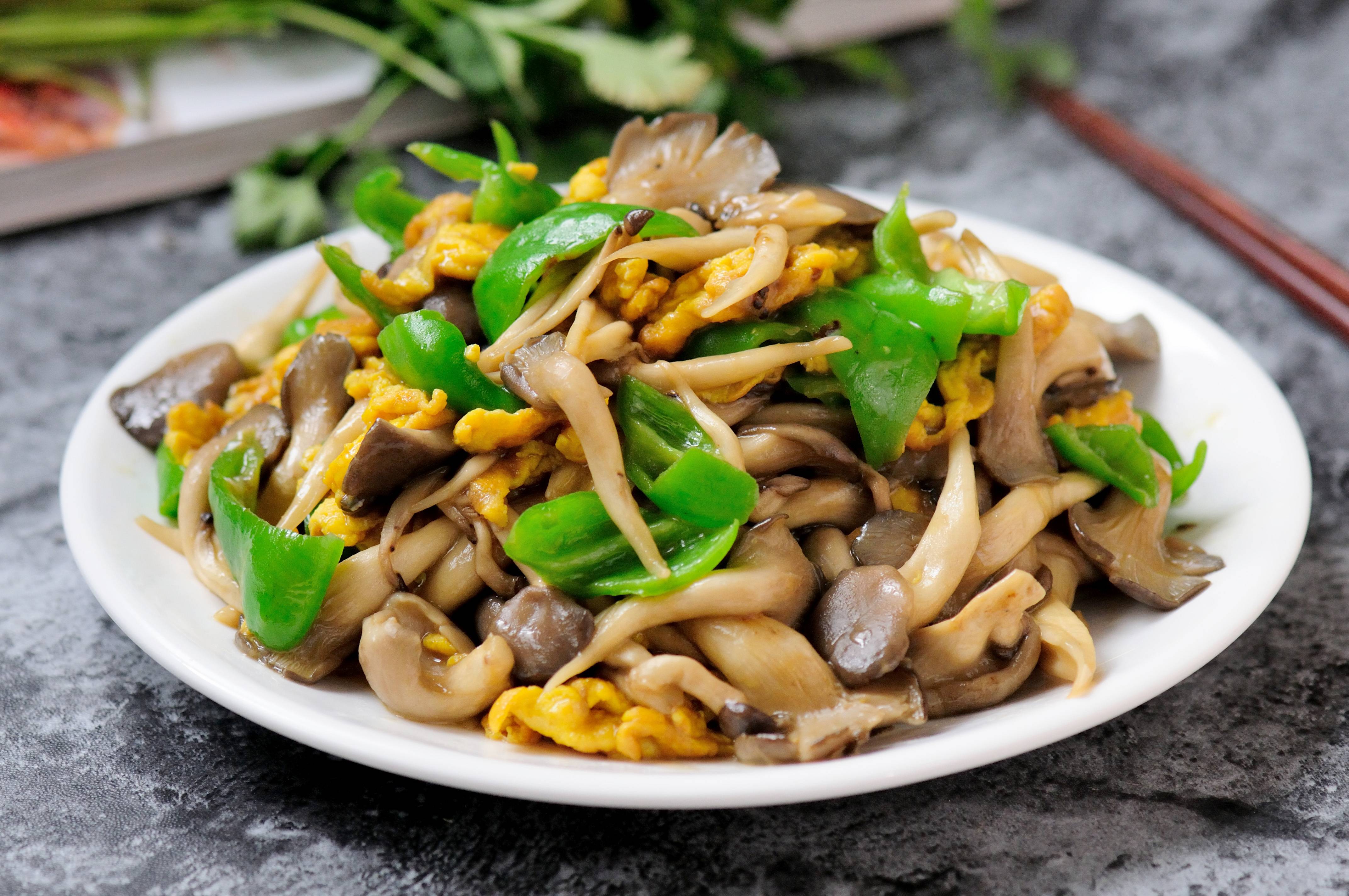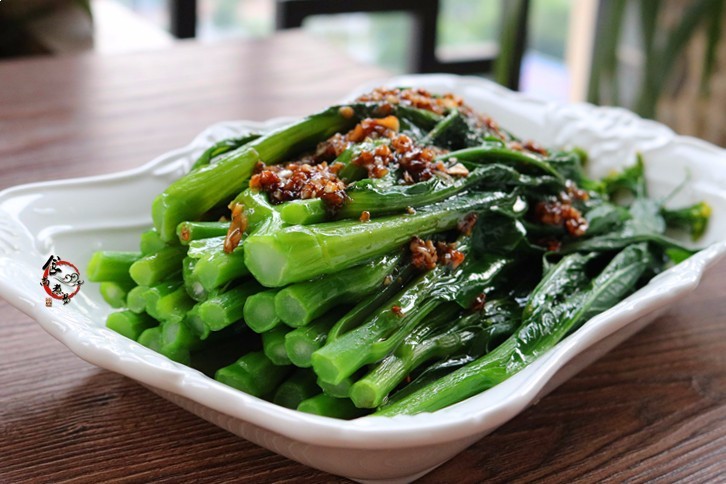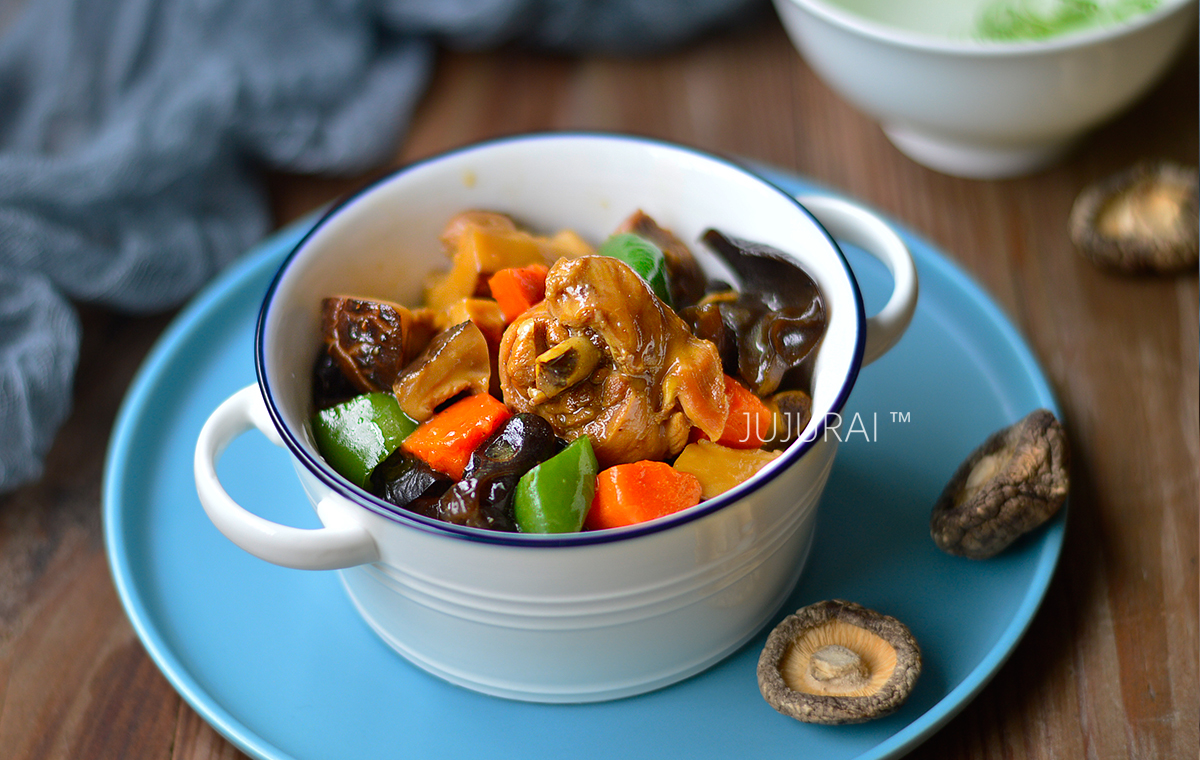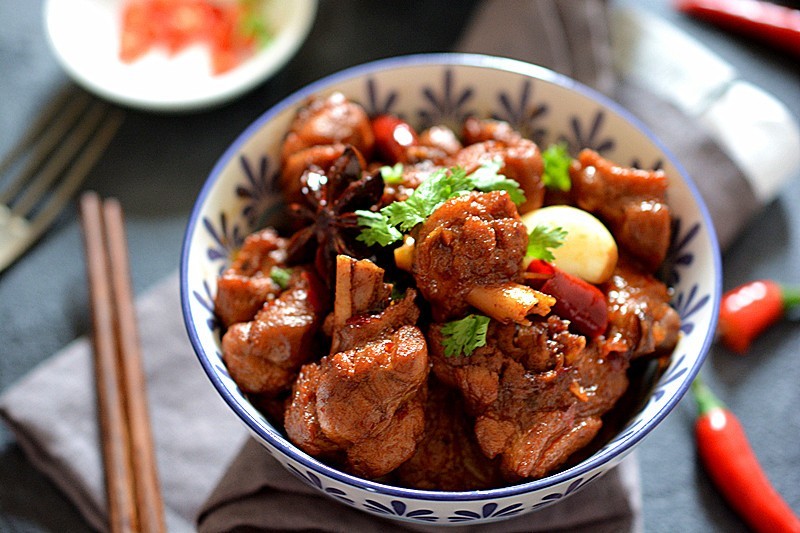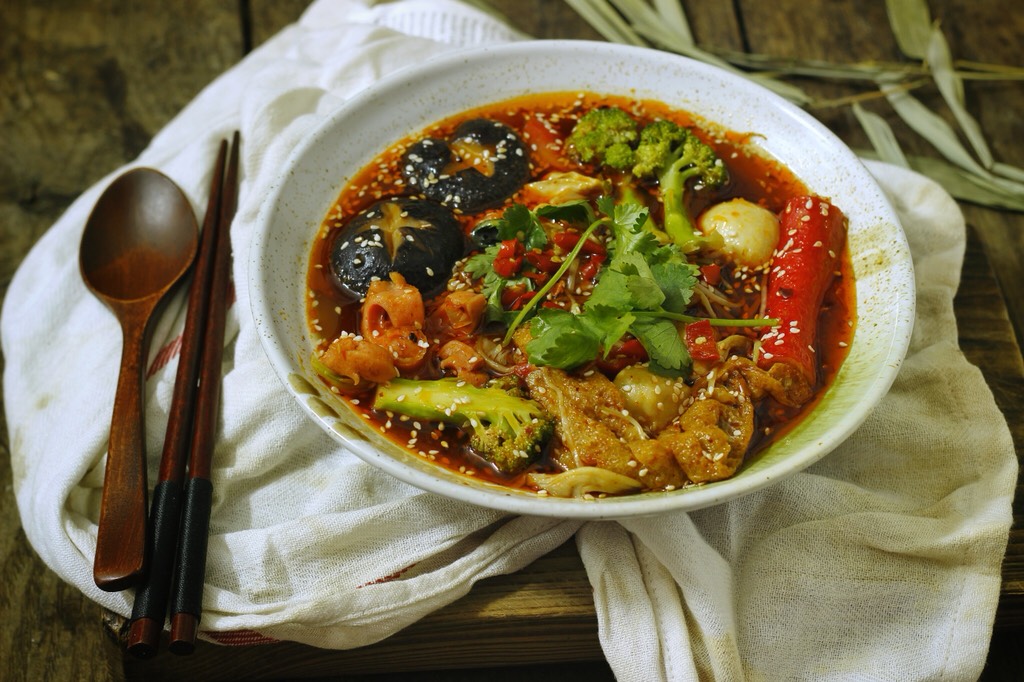Rosemary Focaccia (natural yeast)
Ingredients
- Yeast
- Natural yeast 50g
- All-purpose flour 75g
- Water 85g
- Main dough
- All-purpose flour 400g
- Water 415g
- Salt 7g
- Sugar 4g
- Dry yeast 2g
- Little tomatoes 10 pcs
- Fresh rosemary Appropriate amount
- Olive oil 30ml
- Potato Quarter
- Italian mixed spices (oregano, chopped basil, thyme) Appropriate amount
Steps

1. Make the starter: Mix all the ingredients for the starter into batter, cover with plastic wrap and ferment at room temperature. After about 5-8 hours, the volume will be completely expanded and many small bubbles will form on the surface. Place it in the refrigerator overnight.

2. Put the all-purpose flour and water for the main dough into the cooking machine together with the starter. Stir it with chopsticks first.

3. Use the paddle head to start the chef machine in gear 3 or 4 (medium to high speed). After kneading the dough for 10 minutes, stop and let the batter rest for 30 minutes.

4. After the dough has rested, start the mixer again and knead in gear 3, then stop the machine to let the batter rest for 3-5 minutes.

5. Repeat this process several times. When the machine is stopped, test the consistency of the batter with your hands. When you slide the batter with your fingers, it will obviously feel elastic. At this time, add 7g of salt, 4g of sugar, and yeast powder. 2g. Start the mixer again and knead the dough at level 3 to allow the newly added ingredients and batter to fully blend. The batter begins to change and gradually forms into dough, which separates from the cylinder wall and wraps around the pulp-shaped head. The dough becomes shiny smooth and extremely elastic. Kneading is complete.

6. Although it is batter, it is still batter that can be picked up by hand. Cover with plastic wrap and let ferment for the first time at room temperature.

7. During the fermentation period, prepare the ingredients. Wash the tomatoes, cut the potatoes into very thin slices, and cut a few fresh rosemary plants that you planted yourself.

8. When the first fermentation is about to be completed, you can see a lot of bubbles on the surface of the batter.

9. Brush a baking sheet with a layer of olive oil (recipe for external use).

10. When the dough has fermented until the volume has at least doubled, pour the dough into the baking pan and shape. You can still feel the full texture of the dough when pouring it in.

11. Use oiled fingers to gently push the dough to spread it over the entire baking pan. (If the dough is too strong to be rolled out, let the dough rest and relax for 10 minutes before proceeding.) When pushing the dough, try to keep the air bubbles in the dough.

12. After shaping, apply a layer of oil evenly on the plastic wrap to cover the dough to prevent the dough from sticking to the plastic wrap when uncovered. Finally, secondary fermentation is carried out.

13. The dough will double in size again and the second batch is completed. Use your fingers to press the dough into small pits (when you insert your fingers into the dough, you can feel the large bubbles inside the dough, which make the dough as light as clouds), evenly apply olive oil, and put the potatoes on it. , cherry tomatoes and fresh rosemary.

14. Then sprinkle with a layer of Italian spice mix and an appropriate amount of freshly ground sea salt.

15. Adjust the upper and lower heat of the oven to 230 degrees. After preheating for 1 hour, put the baking sheet into the middle and lower layers of the oven and bake at 200 degrees for 25 minutes until the surface is golden brown. While baking, you can hear the sizzling sound of the olive oil and dough, which is wonderful.

16. Crispy skin, soft inside.

17. Cut into pieces and serve hot.

18. This focaccia is among the top three breads I have made in terms of appearance and taste.
Tips
- The finished product of focaccia is very similar to a flatbread, but after eating it, you will find that it is different from the flatbread. It is fluffy and soft. Excellent organization, rich and layered flavor.





